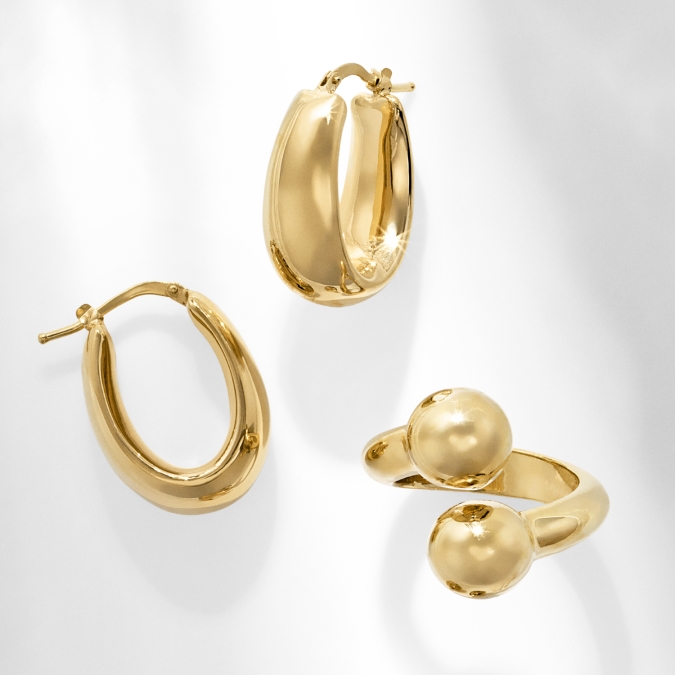Revealing the Mysteries Of the Valuation Procedure Used by Precious Metal Buyers
Wiki Article
The valuation procedure employed from gold buyers represents a crucial subject for individuals interested in selling gold. Comprehending the way precious metal gets assessed may assist sellers make informed decisions as well as ensure sellers obtain an equitable price. Precious metal buyers typically use several key factors for determine the value for gold items, including purity, weight, and current market prices. Each these elements has an important part during this complete assessment procedure.
One of the first steps of this appraisal procedure involves evaluating its fineness in a precious metal. Precious metal fineness can be assessed by karats, with 24 karats being pure gold. A majority of precious metal jewelry is usually 100% while it may may be ten, 14, or 18 karat. A greater the karat number, the more gold content the item has. Precious metal purchasers commonly employ various assessment method, such as chemical testing or electronic testing, to determine its fineness in a precious metal. Such step remains crucial as this immediately influences an piece's worth. For, instance, one 24-karat precious metal item shall be valued greater than a fourteen karat piece, although when both have the same weight the same.
The weight of the gold item is another critical factor in the appraisal procedure. Precious metal can be generally weighed in grams and troy. Buyers will weigh the gold for compute the worth according to its purity. The weight gets multiplied by the precious metal's purity percentage for determine an quantity of pure gold in the item. For, when one fourteen karat precious metal ring weighs 10 grams, it contains approximately 5.83 grams of pure gold Learn More Here of pure gold. This computation assists purchasers determine how much buyers will be prepared for pay for the piece.
Present trading prices also play an important part in the valuation of precious metal. Current price of precious metal varies according on supply and market needs, financial conditions, and global events. Gold buyers keep a careful watch on these trading fluctuations to ensure buyers provide competitive prices. They commonly look to a current valuation of gold, that represents a current trading valuation of immediate delivery. Such valuation can change every day, therefore purchasers need to remain informed to offer accurate assessments. Vendors should also remain aware of such trading trends, as these can impact a price they receive for the gold.
Finally, a state and quality in the gold piece may influence its value. Distinctive designs, designer labels, and cultural importance can all contribute to the worth for the piece. For, one well-crafted gold chain from a renowned brand may fetch a higher valuation than a comparable piece without any brand label. Purchasers will take into account these factors when making a bid. Sellers must take the effort to polish and present the gold pieces well, as it may positively influence the buyer's view and a final price.

In summary, this valuation process used by gold buyers involves several important factors, such as purity, weight, current trading valuations, plus a condition in a piece. Comprehending such factors may assist vendors navigate the selling process more effectively. By staying knowledgeable on how gold gets valued, sellers can ensure they receive a fair valuation in exchange for the precious metal pieces. Regardless of whether disposing of jewelry, coins, or other gold products, awareness about this appraisal process is essential for formulating wise monetary choices.